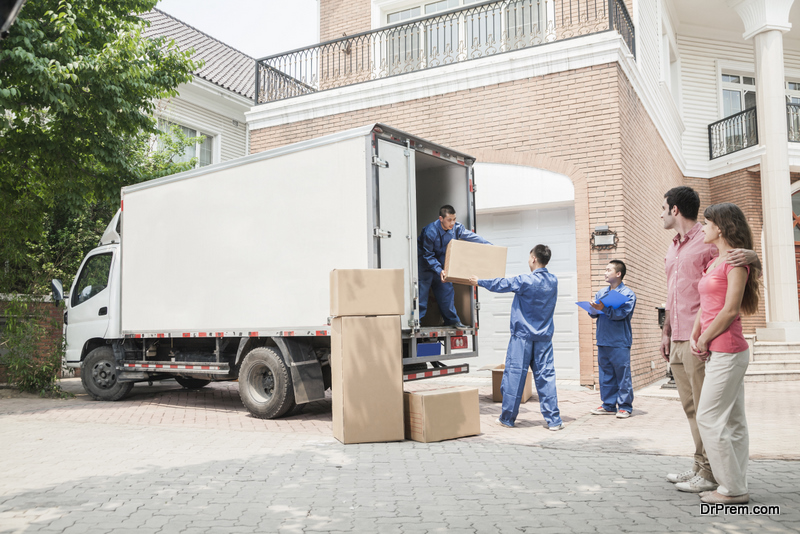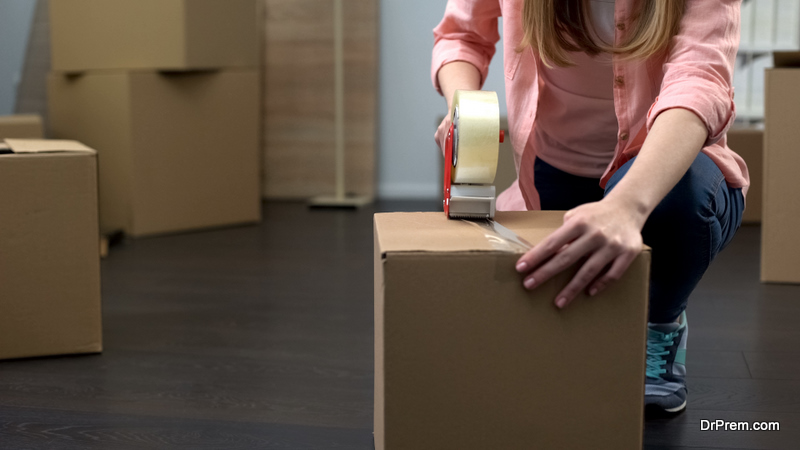People move an average of seven times during a lifetime, with some people moving much more frequently. Moving can obviously be a good thing; it’s a chance to see new areas, meet new people, and take advantage of new career opportunities. It’s also a great chance to upgrade your home or get a better home loan, so you can save more money each month, live in a better property, or both.
However, moving also has a significant environmental impact. What steps can you take to reduce the environmental impact of your moves?
The Environmental Impact of Moving
Let’s start by identifying the ways your move could impact the environment:
· Fuel and carbon emissions
 One of the most obvious forms of impact is carbon emissions from transportation. During a move, you’ll be burning a lot of fuel; you’ll need to drive (or fly) back and forth from your old place to your new place, and you’ll likely be hauling trucks’ worth of items across vast distances. These forms of travel contribute to air pollution and global climate change.
One of the most obvious forms of impact is carbon emissions from transportation. During a move, you’ll be burning a lot of fuel; you’ll need to drive (or fly) back and forth from your old place to your new place, and you’ll likely be hauling trucks’ worth of items across vast distances. These forms of travel contribute to air pollution and global climate change.
· Packaging and waste
When moving, people need to pack items. Unfortunately, they often choose unrecyclable packaging materials, or non biodegradable options that can be harmful to the environment. Additionally, moving forces people to review their current possessions, and often throw away or dispose of things they don’t want; disposing of unwanted items can add to landfill space, or in some cases pose a direct environmental hazard (like tossing out electronic devices).
· Cleaning and prep
 Moving also involves lots of cleaning and preparation; you’ll usually be responsible for doing a deep clean of your old place before moving, and you’ll definitely want to clean your new house before moving in. If you use harsh cleaning products, they could actively harm the environment.
Moving also involves lots of cleaning and preparation; you’ll usually be responsible for doing a deep clean of your old place before moving, and you’ll definitely want to clean your new house before moving in. If you use harsh cleaning products, they could actively harm the environment.
· The bigger house dilemma
Many people who move are interested in getting a bigger house for themselves and their family. While this motivation is certainly understandable, it can also be problematic; a bigger house tends to use much more energy, and require far more resources to maintain, ultimately increasing its environmental impact.
So, what strategies can you use to reduce the impact of your move?
1. Move Less Frequently
 One surefire way to mitigate the impact of moving is to move less frequently. Think about your motivation for moving; are you the type of person who bounces around from location to location every couple of years? If so, have you considered living a less nomadic lifestyle? Reducing the frequency of your moves to once every few years could potentially reduce your environmental impact.
One surefire way to mitigate the impact of moving is to move less frequently. Think about your motivation for moving; are you the type of person who bounces around from location to location every couple of years? If so, have you considered living a less nomadic lifestyle? Reducing the frequency of your moves to once every few years could potentially reduce your environmental impact.
2. Move Closer
The air pollution created by moving vehicles and personal vehicles is directly proportional to the distance those vehicles are traveling. Accordingly, the further you move, the more damage you’re going to do to the environment. Sometimes, this is out of your control; you might be moving across the country for a hot new job opportunity. However, sometimes, you can find an attractive house just a few miles away. Consider moving somewhere closer if you can.
3. Donate, Recycle, and Downsize
 Moving is an opportunity to downsize your possessions. Doing so can be beneficial for the environment; for example, it could prompt you to seek a smaller living space, allowing you to use fewer resources, and you could avoid utilizing a storage unit, which can be environmentally problematic.
Moving is an opportunity to downsize your possessions. Doing so can be beneficial for the environment; for example, it could prompt you to seek a smaller living space, allowing you to use fewer resources, and you could avoid utilizing a storage unit, which can be environmentally problematic.
However, it’s important to avoid throwing away everything you no longer need. Whenever possible, donate and/or reuse the things you no longer need, and recycle or properly dispose of whatever you can’t reuse or donate.
4. Ask for Box Donations and Pack Creatively
Reduce your reliance on packing materials by packing creatively and asking for donations. Hit up local stores to see if they have any cardboard boxes you can take off their hands; you can reuse them instead of sending them straight to recycling. Instead of nonbiodegradable packing material, consider using clothes and other soft items you already own to cushion your possessions. And recycle whatever you can when you’re done.
5. Move to a Smaller Home and Use Eco-Friendly Cleaning Products
 If you have a choice, try to move to a smaller home, or buy less square footage than you originally wanted. Living in a smaller home means you’ll use less energy when heating and cooling the home, and you’ll likely be less tempted to fill the home with unnecessary items. When moving in, make sure you use eco-friendly cleaning products.
If you have a choice, try to move to a smaller home, or buy less square footage than you originally wanted. Living in a smaller home means you’ll use less energy when heating and cooling the home, and you’ll likely be less tempted to fill the home with unnecessary items. When moving in, make sure you use eco-friendly cleaning products.
Following these tips and strategies can help you move in an environmentally conscious and less destructive way. You don’t have to make heavy or intrusive sacrifices, or completely change your plans to protect your environment, but every step you take to lessen your environmental impact can make a positive difference.
Article Submitted By Community Writer




